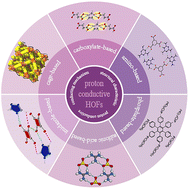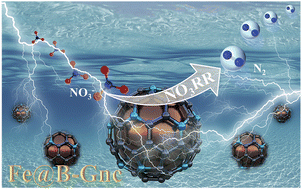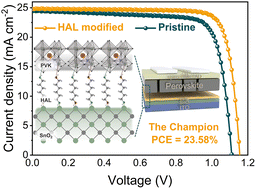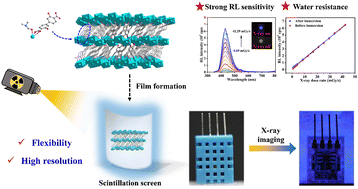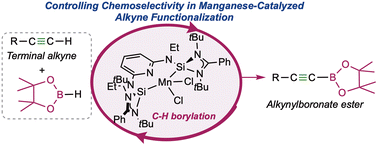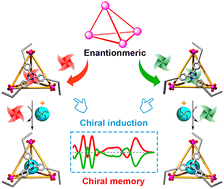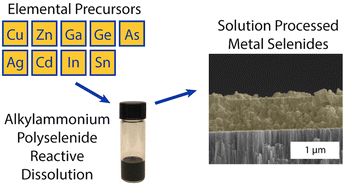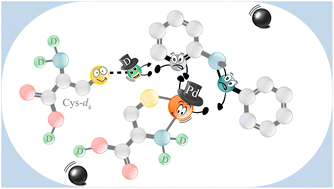Inorg. Chem. Front., 2023, 10,5856-5884
DOI: 10.1039/D3QI01473H, Review Article
DOI: 10.1039/D3QI01473H, Review Article
Jin-Qi Qiao, Shuai-Wu Zuo, Zi-Feng Li, Gang Li
The latest progress of proton-conductive HOFs in terms of preparation, structural characteristics, proton conductivity, and proton-conducting mechanism are presented. The future trends and design ideas are also highlighted and prospected.
The content of this RSS Feed (c) The Royal Society of Chemistry
The latest progress of proton-conductive HOFs in terms of preparation, structural characteristics, proton conductivity, and proton-conducting mechanism are presented. The future trends and design ideas are also highlighted and prospected.
The content of this RSS Feed (c) The Royal Society of Chemistry

